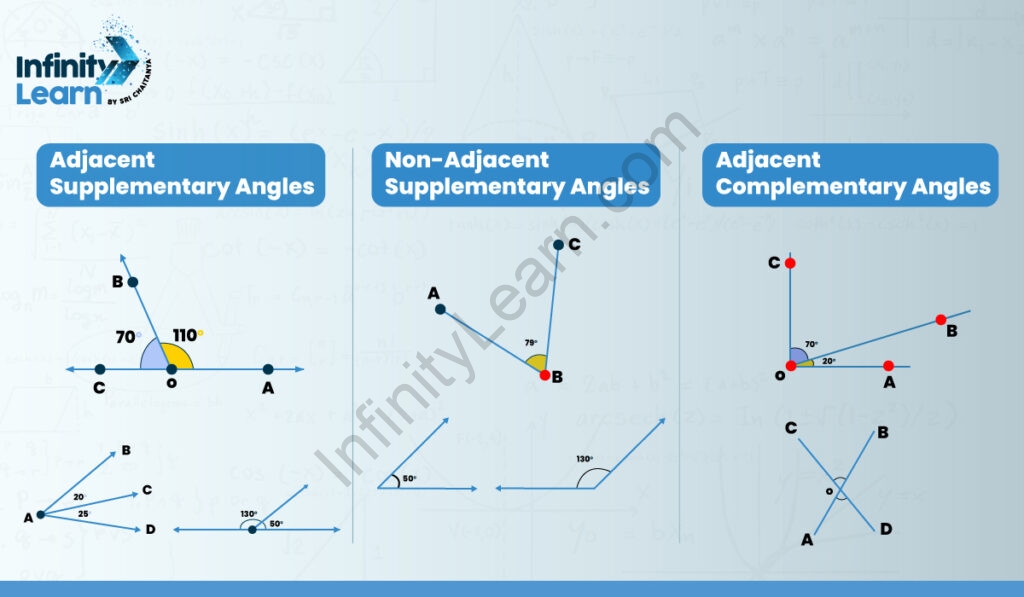Table of Contents
Supplementary Angles
Supplementary Angles- Introduction: A supplementary angle is an angle which is adjacent to a right angle. It is supplementary to the right angle, and its measure is the sum of the measures of the two angles which it supplements. Supplementary angles are always acute angles.
What is a Supplementary Angle?
A supplementary angle is an angle formed by two lines that intersect and have a common perpendicular line. The angle is supplementary to the angle that is not adjacent to the common perpendicular.

Understanding Supplementary Angles
- Supplementary angles are angles that are adjacent and have the same measure. In other words, supplementary angles are two angles that add up to 180 degrees. This can be seen in the diagram below.
- Angle A and Angle B are supplementary angles because they both measure 90 degrees. Angle A and Angle C are also supplementary angles because they both measure 90 degrees. However, Angle A and Angle D are not supplementary angles because their measures are not the same. Angle A measures 45 degrees and Angle D measures 45 degrees, but they do not add up to 180 degrees.
Properties of Supplementary Angles
- Supplementary angles are angles that add up to 180 degrees.
- The sum of the measures of the angles in a triangle is 180 degrees.
- The angles in a quadrilateral sum to 360 degrees.
Supplementary Theorem
If is a function and is a real number, then there exists a unique function such that .
Proof
- We first show that the function exists. If for all , then the function exists. If there is a for which does not equal , then there is a point such that . But for all , so for some . This contradicts the assumption that for all .
- We now show that is unique. Suppose that and are both functions such that for all . It follows that for all . But this is impossible, since and have different domains.
How to Find two Angles are Supplementary?
Two angles are supplementary if the sum of their angles is 180 degrees. To find the angles, you can use a protractor to measure the angles.
Adjacent and Non-Adjacent Supplementary Angles
Supplementary angles are two angles that add up to 180 degrees. Adjacent supplementary angles are supplementary angles that are next to each other. Non-adjacent supplementary angles are supplementary angles that are not next to each other.








